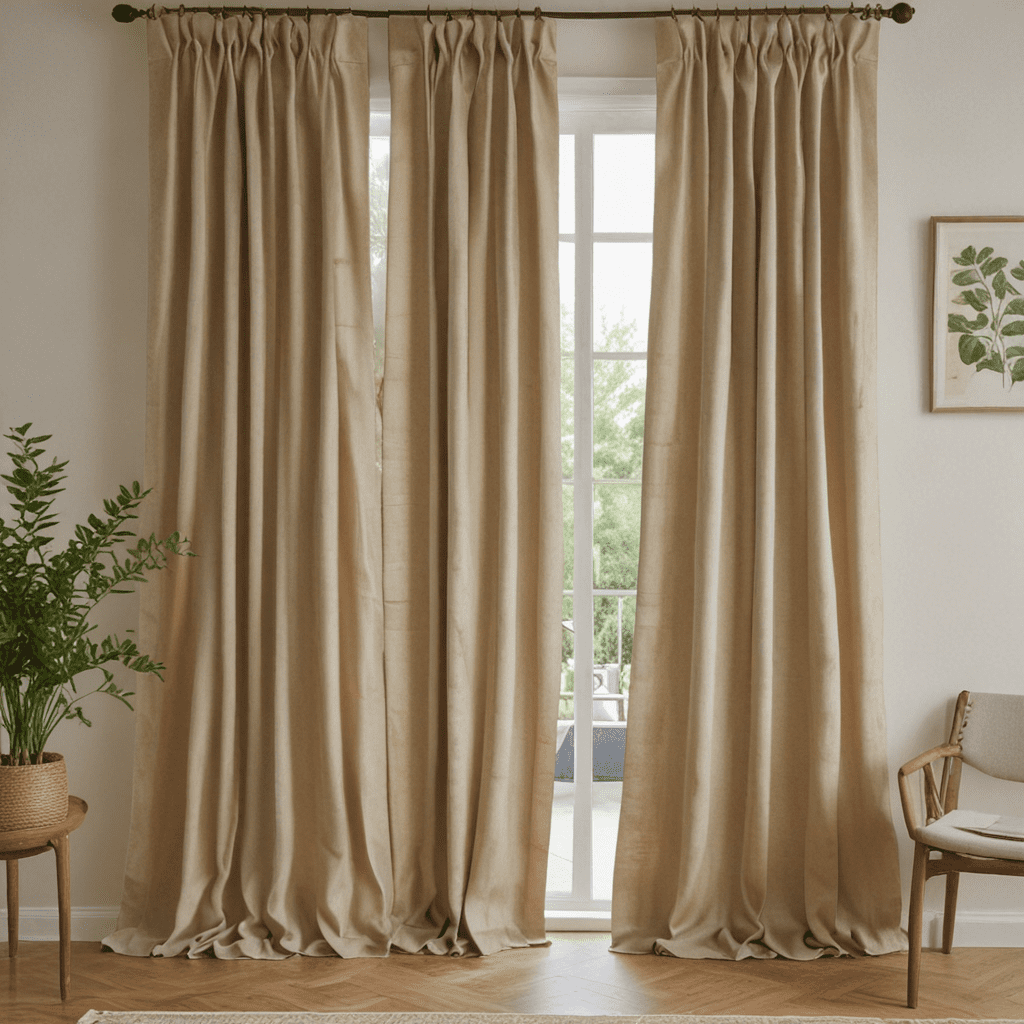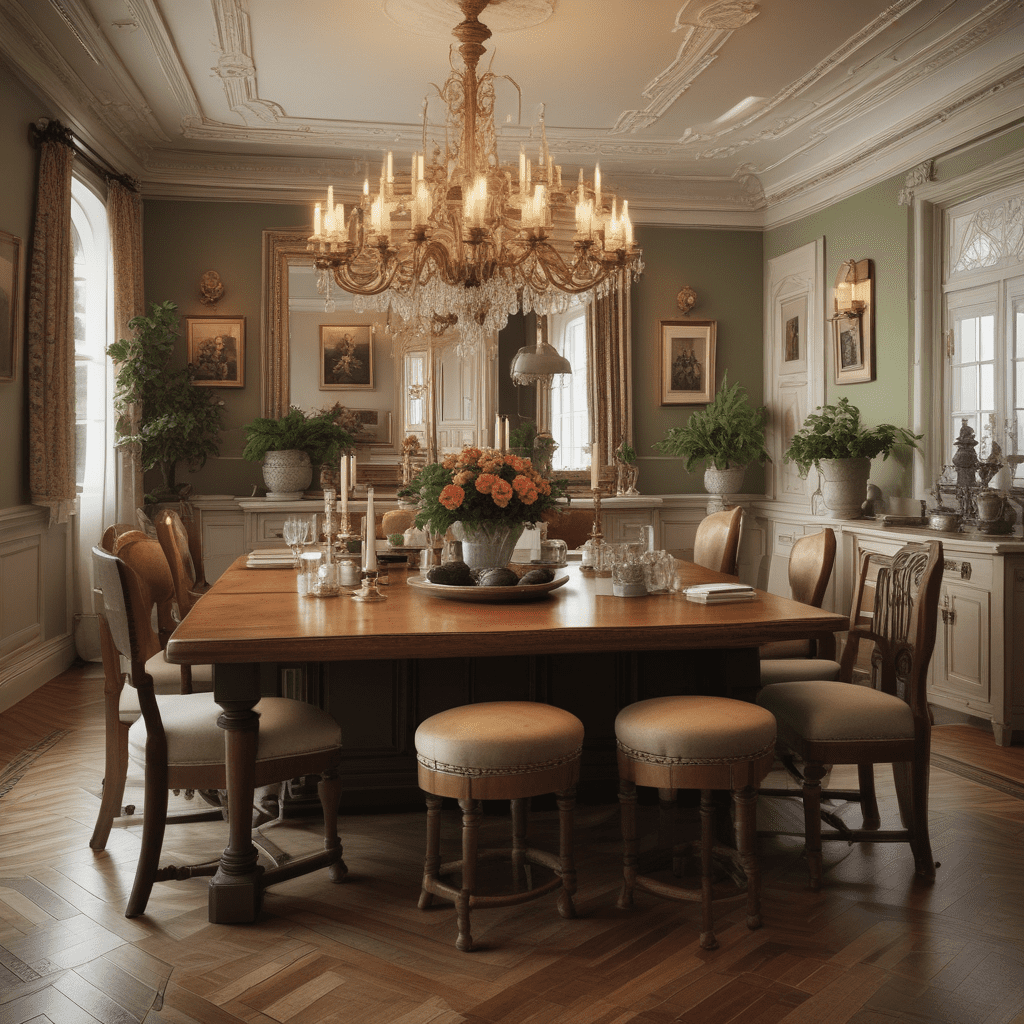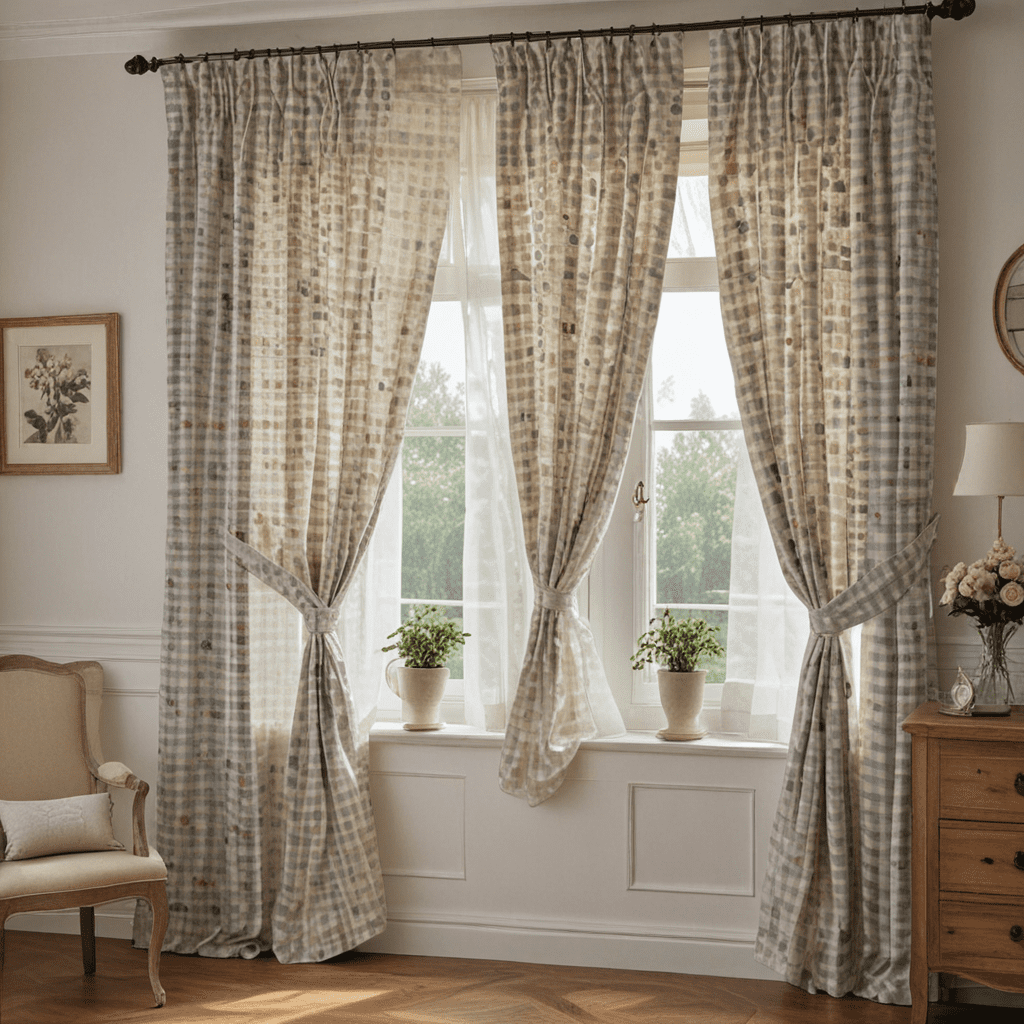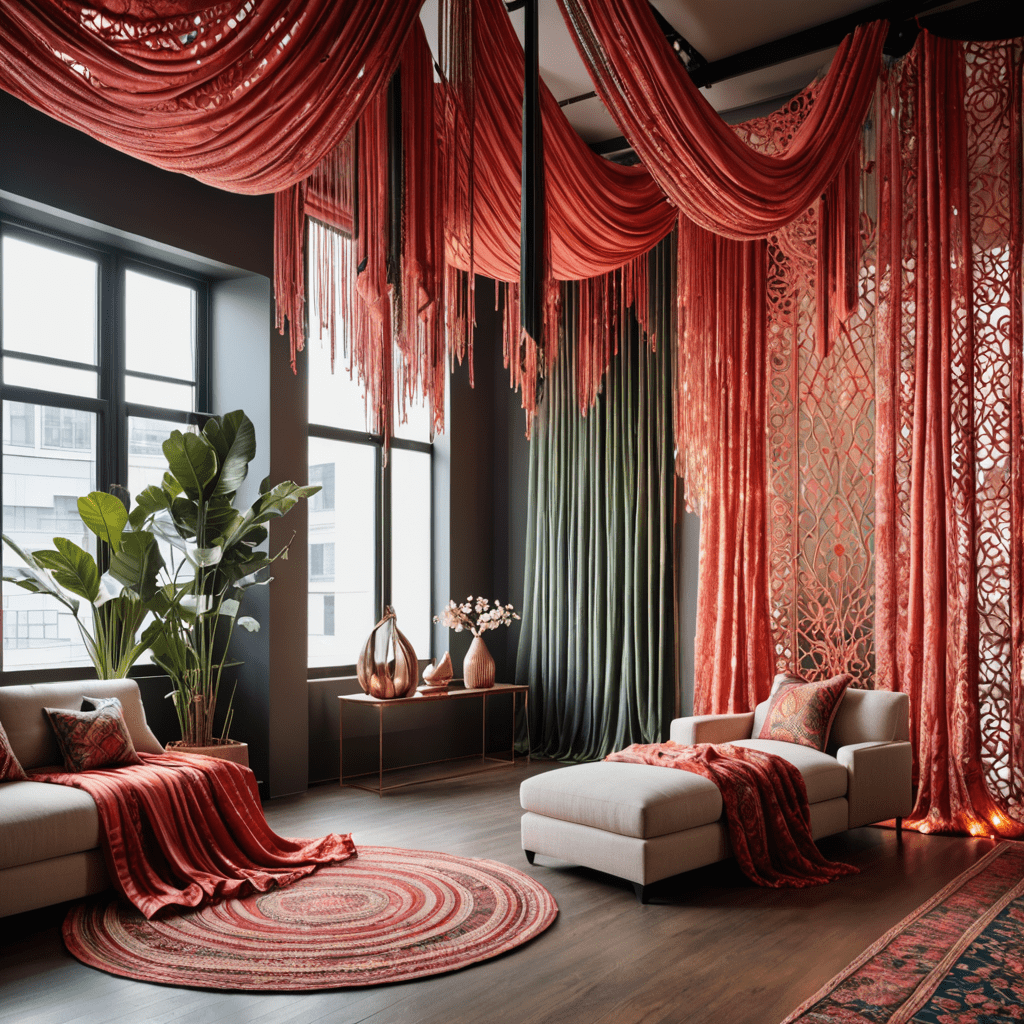Decorating with Lines: Elevating Interior Design Aesthetics
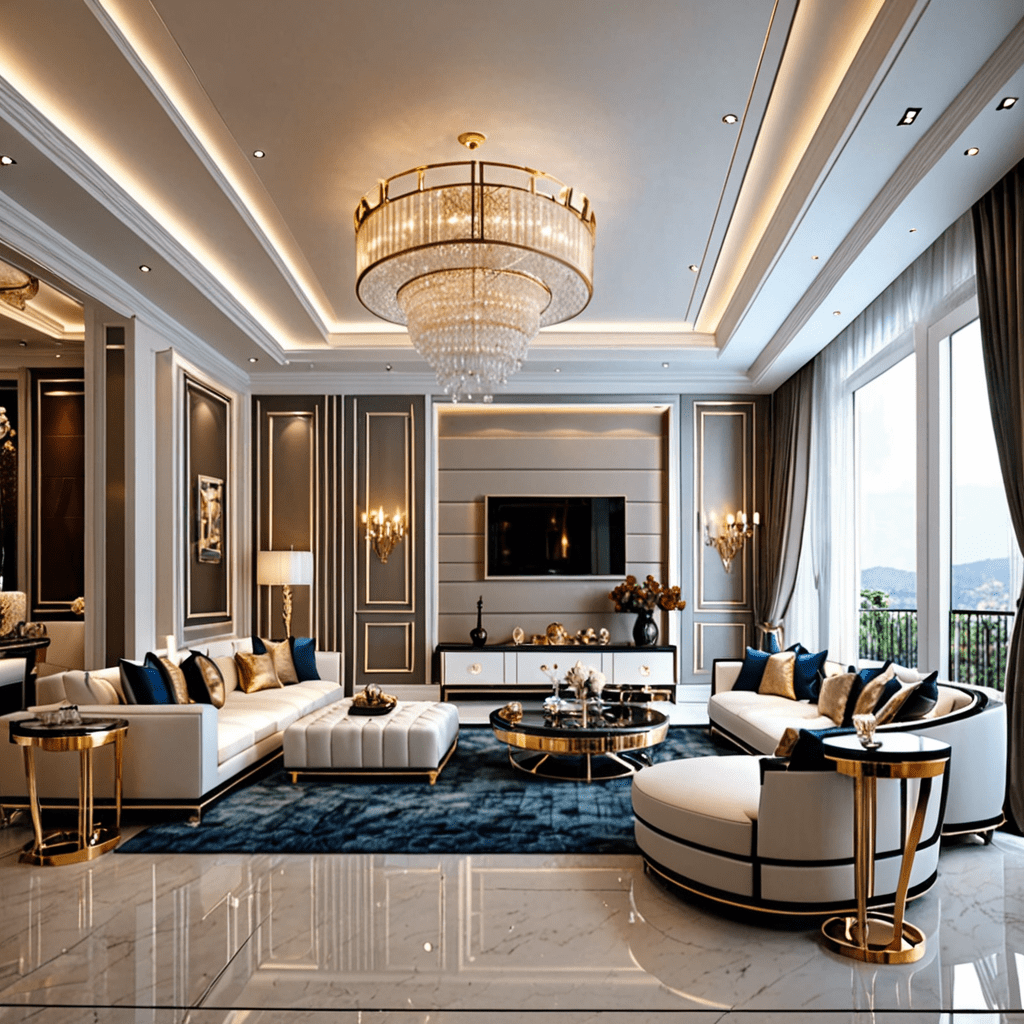

Decorating with Lines: Elevating Interior Design Aesthetics
Lines play a crucial role in interior design, as they have the power to influence the overall aesthetic and ambiance of a space. Whether vertical, horizontal, diagonal, or curved, lines can create a sense of movement, define zones, and even evoke specific emotions. In this article, we will explore the significance of lines in interior design and how they can be utilized to enhance the visual appeal of your home.
1. The Impact of Vertical Lines
Vertical lines in interior design can add a sense of height and strength to a space. They draw the eye upward, creating an illusion of a taller room. By incorporating vertical elements such as tall cabinets, floor-to-ceiling drapes, or striped wallpaper, you can make a room feel more spacious and grand. Additionally, these lines create a feeling of stability and formality, perfect for traditional or contemporary designs.
2. The Influence of Horizontal Lines
Horizontal lines have an opposite effect to their vertical counterparts. They can make a space appear wider and more expansive. By incorporating horizontal elements such as low furniture, long curtains, or horizontal paneling, you can create a sense of relaxation and informality. These lines are often seen in coastal or Scandinavian interior styles, as they evoke a sense of tranquility and openness.
3. The Dynamic Energy of Diagonal Lines
Diagonal lines bring dynamic energy and movement to a room. They add a sense of excitement and drama to any space. Incorporating diagonal lines through the use of slanted furniture, angled walls, or diagonal patterns can create a visually interesting and engaging environment. Diagonal lines are often used in modern or eclectic designs to break up the predictability of straight lines and add a touch of uniqueness.
4. The Softness of Curved Lines
Curved lines are all about softness and fluidity. They can add a sense of grace and elegance to a room. Incorporating curves through the use of rounded furniture, curved archways, or circular patterns can create a welcoming and soothing atmosphere. Curved lines are often associated with romantic or Art Nouveau designs, as they evoke a sense of movement and harmony.
5. Creating Balance with Contrasting Lines
When it comes to lines in interior design, contrast is key. Combining different types of lines can create balance and visual interest. For example, incorporating both vertical and horizontal lines can create a sense of harmony and stability. Similarly, pairing diagonal and curved lines can add a touch of excitement and playfulness to a space. By carefully selecting and layering lines, you can achieve a well-balanced and aesthetically pleasing interior.
6. Using Lines to Define Zones
Lines can also be used to define zones within a room. By utilizing lines through the use of rugs, furniture placement, or different wall treatments, you can create distinct areas for various activities. For example, a large rug with horizontal lines can delineate a seating area in an open-plan living room. This not only adds visual interest but also helps to organize the space and make it more functional.
FAQ
Q: Can lines be used in small spaces without overwhelming the room?
A: Absolutely! Lines can be used in small spaces to create an illusion of more room and depth. By incorporating vertical lines, such as floor-to-ceiling mirrors or striped wallpaper, you can make a small space appear taller and more spacious. Additionally, using horizontal lines, like low furniture or horizontal paneling, can make the room feel wider and more open. Just be mindful of not overdoing it and consider the overall proportion and scale of the space.
Q: How can I incorporate lines into a minimalist interior design?
A: Lines are a fundamental element of minimalist design. In a minimalist interior, lines are typically clean, straight, and unobtrusive. Opt for furniture with sleek and simple lines, such as a streamlined sofa or a minimalist dining table. Additionally, use materials like metal or glass to accentuate the clean lines in the space. Avoid clutter and unnecessary ornamentation to maintain the minimalist aesthetic.
Q: Are there any specific color schemes that work well with lines?
A: Lines can work well with a variety of color schemes. However, it is important to consider the overall mood and atmosphere you want to create. For a calm and serene environment, a monochromatic color scheme can complement lines by allowing their form and texture to take center stage. On the other hand, a bold and vibrant color scheme can enhance the dynamic energy of diagonal lines. Ultimately, the choice of color scheme should reflect your personal style and the desired ambiance of the space.
By understanding the significance of lines in interior design and how different types of lines can influence the overall aesthetic and feel of a space, you can create a visually striking and harmonious home. Embrace the power of lines and let them guide you in creating a space that reflects your personal style and enhances your everyday living experience.
